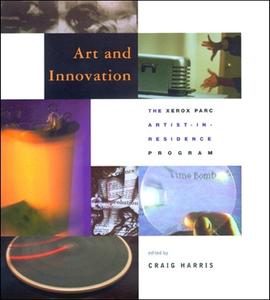
over 2 years ago
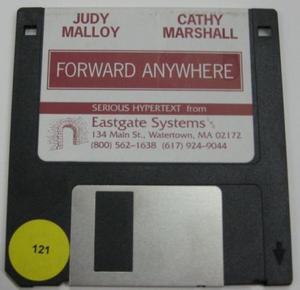
Claire: "Forward Anywhere" resonates with me for a lot of reasons. It reminds me of many intense relationships that I've lived through the medium of email—I think everybody has at least one email correspondence like this, that kind of goes on for years and stands on its own. But it seems like, these days, there are so many different mediums—it makes me wonder how it would have been different if you and Judy were corresponding in a Google Doc, or on Slack, or through Direct Messages.
Cathy: Or even in social media, or something like that, where there are lots of distractions. I mean, the thing about email is it's one of the few things that's sort of a one-to-one, almost distraction-free, because you can only do one at a time, freely. You can have multiple email messages, obviously, but it's a very point-to-point thing. You're right though. I do too. At any period in the many years I've used computers, I've always had one person that is my major email correspondent at the...

CATHY:
"Judy's and my initial meeting seemed like a hurried appointment—too corporate, too metal and glass. I gave her a quick demonstration of our system, talking fast, explaining little. Then we moved on to what is referred to by researchers at Xerox Palo Alto Research Center (PARC) as the "beanbag room," a reminder of the center's roots in the seventies, for Judy's artist talk.
Judy read excerpts of past work off a series of accordion-folded, taped-together, three-by-five-inch cards, a technique that made a strong impression on me (I even tried it in a subsequent technical talk). By the end of her artist’s talk—especially after hearing Judy read several oddly familiar narratives about flashers—I knew I wanted to strike up a collaboration, but was nervous about whether we could transcend our related roles within the bounds of the PARC-sponsored program, or that she’d even want to work with me after our inauspicious first meeting.
Is a masquerading as a responsible adult, a...
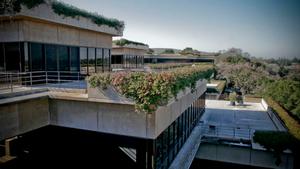
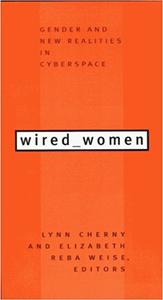
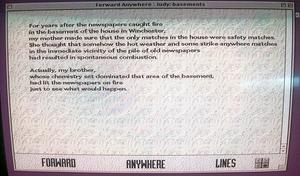


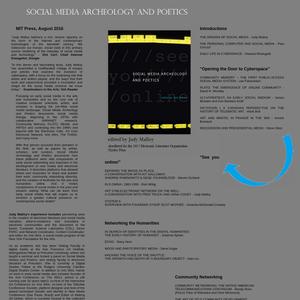
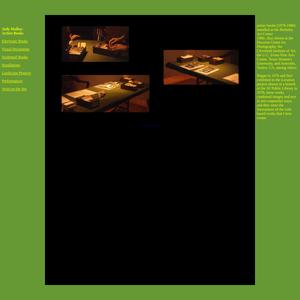
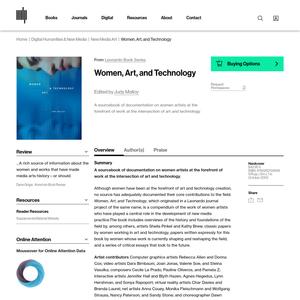
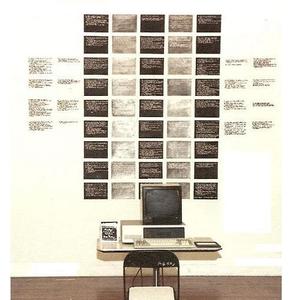
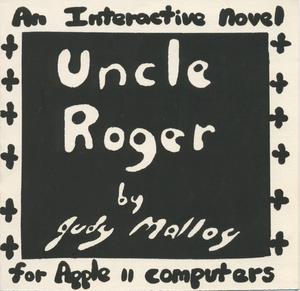
Structuring the work has been more difficult than I expected. The fluidity of the process obscured the complexity of the structure. It is both densely interconnected and loosely woven. Should we expect a reader to experience the screens in the same order in which we wrote them? Should we put the reader in front of a CRT in a darkened motel room?
(judy.046: black vinyl headboard) I have the lights turned out. Yellow words emerging from the black monitor.
Should we choose multiple beginnings and multiple endings? Should there be coherent threads through our lives? Chronologies?
…
We have continued to exchange screens as we structure the results of the first phase. I was delighted when Judy suggested that we continue beyond our original time limit, keeping the work going indefinitely. As I write this, I still look forward to seeing email from [email protected].
Closure was never a goal of this piece.
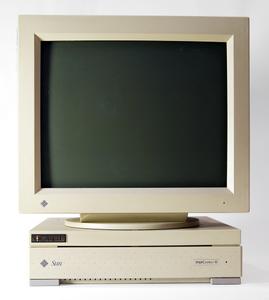
Claire: You chose not to hang out face-to-face. It seems like that would be a bit of a sacrifice, especially at a place like PARC, where women were in the minority.
Judy: Totally, and we talked about that. Maybe more of a sacrifice for me than for Cathy, but for her also. I was working in the Computer Science Lab, where I recall one woman...Cathy was working in a different lab, where there were some other women, and was more tied in to the culture of PARC, so for me in particular it was too bad. When we get together—I think the two times we got together, once for lunch at PARC, and once where I was living in a basement apartment on the edges of Berkeley in Albany, in Northern California, we just talked a mile a minute. And we still do when we get on the phone, which isn't that often now. So it was a sacrifice not to do that, but I think that's what helped make the work work, for both of us. In the process of writing it, we turned it into a mystery. And I think to a certain extent,...


